-
 Ever Wondered How to Make Paneer at Home? Here is the Complete Guide to Take Out Soft and Creamy Paneer from Milk at Home (2021)
Ever Wondered How to Make Paneer at Home? Here is the Complete Guide to Take Out Soft and Creamy Paneer from Milk at Home (2021)
-
 Want More Tantalizing Breakfast Ideas? Here are 6 Scrumptious Egg Recipes for Breakfast That Will Make You Want to Eat Eggs All Day (2020)
Want More Tantalizing Breakfast Ideas? Here are 6 Scrumptious Egg Recipes for Breakfast That Will Make You Want to Eat Eggs All Day (2020)
-
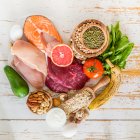 How to Increase Weight: Foods to Include in Your Diet for Your Weight Gain Journey + Tips for Gaining Weight (2020)
How to Increase Weight: Foods to Include in Your Diet for Your Weight Gain Journey + Tips for Gaining Weight (2020)
What are Superfoods? Why are They Important for Us?
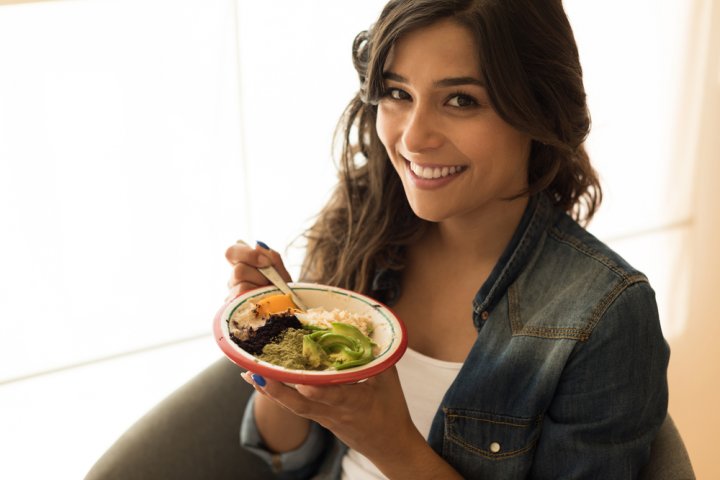
Superfoods are nutritionally dense foods, which are mostly plant-based, but also include dairy and some fish. They contain a wide variety of nutrients including antioxidants, which can keep cancer at bay. The healthy fats in superfoods help prevent heart ailments while fibre prevents digestive problems and diabetes.
The phytochemicals that give smell and deep colour to fruits and veggies have various health benefits too. So, consuming superfoods that are packed with these nutrients is key to maintaining good health. A majority of superfoods grow from the soil like nuts and seeds, vegetables, fruits, grasses, leaves, etc. However, according to experts, it is good to eat everything in moderation. Just because certain foods are ‘healthy’ or ‘super’, you cannot eat them in unlimited quantity. There is no doubt that superfoods are a good addition to a healthy diet. There are a lot of options when it comes to such foods for you to explore. Some of the best vegetarian superfoods are discussed in this article.
8 Vegetarian Superfoods
1. Dark Leafy Greens
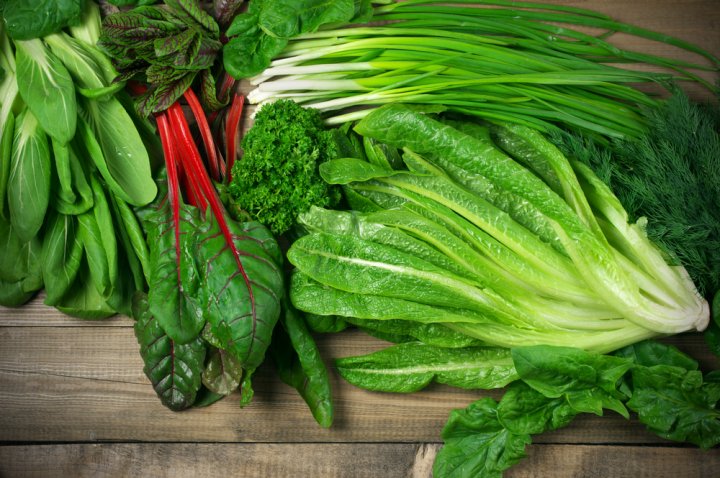
Dark leafy greens belong to the group of superfoods that help unlock and process the energy from the food items you consume. The nutritionally dense green veggies are easily available and are packed with vitamins A, B, C, E and K, iron, calcium, potassium and fibre. Besides this they also contain beneficial antioxidants.
How to include green leafy veggies in your diet?
- Broccoli and cheese or spinach omelettes are a great way to start your day.
- For lunch you can try sautéed greens with grilled fish or chicken breast.
- Green veggies with dried fruits are a delicious combination like dried cranberries go well with broccoli salad.
- Smoothies are an easy way to include green leafy veggies in your daily diet.
2. Hemp

For a good reason, hemp is often referred to as a superfood. It has similar health benefits as other plant-based superfoods and is consumed as flour, protein powder, oil or seed. This versatile and nutritious food is a good source of protein that vegetarians or vegans can include in your diet. It is also packed with fibre, healthy fat, minerals and vitamins.
The hulled kernels are used to make non-dairy cheese and milk, spreads, dips and breads. It is also used in an array of recipes from lasagne to biscuits. This is in fact a non-allergenic alternative to nuts. The healthy hemp seed kernels can also be consumed raw. Unrefined cold-pressed hemp seed oil is a rich source of fatty acids and has a very subtle flavour.
How to use hemp seeds?
- Hemp seeds can be used to make muesli bars, pancakes and smoothies. You can sprinkle them over grilled veggies or pasta and use them for salad dressings too.
3. Seaweed
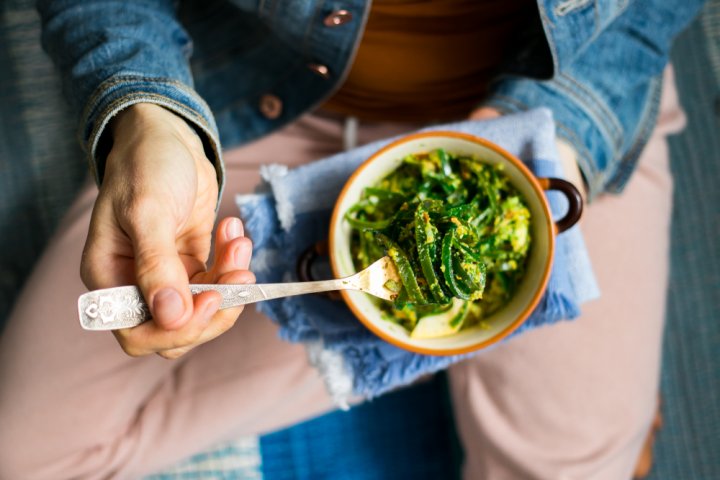
Seaweed is a group of algae and plants that are found in rivers, oceans and other water bodies. It comes in various shapes and types and is highly nutritious. It is not only a vital food source of marine creatures, but beneficial for humans too! This nutrient-rich superfood contains protein, vitamins and iron. Make sure the seaweed is derived from organic sources. A few common seaweeds that you can include in your diet to get real health benefits are:
- Arame – Widely used in South Korea and Japan, this brown alga is packed with calcium and iodine.
- Agar Agar – The colourless, flavourless and odourless alga is gelatinous in nature. This is a good source of fibre and is known to promote weight loss.
- Hijki – It is packed with iron, calcium, magnesium and fibre. It is popular for its culinary uses.
- Nori – This edible seaweed is used in preparing sushi.
- Kelp – This is a powerhouse of vitamins like A, B, C, D and E. It also contains an impressive amount of calcium.
4. Berries
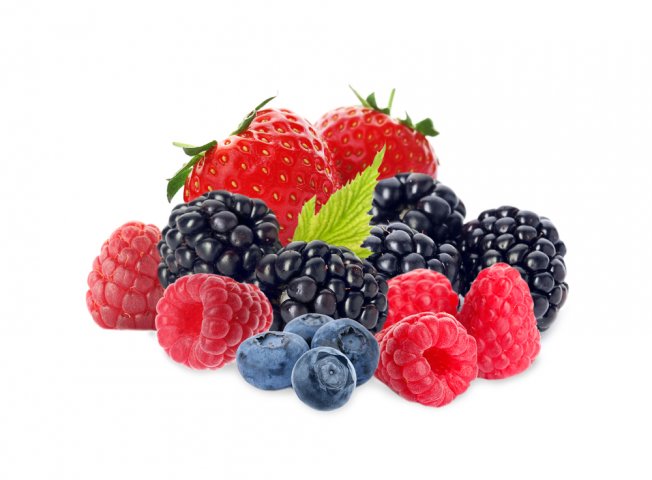
From humble and magical blueberries to their distant cousins, berries stand out as a strong contender as compared to other super-fruits. Packed with phytochemicals, vitamins and soluble fibre, berries steal the show when it comes to miracle-foods. They are loaded with vital nutrients that help combat deficiencies in the body. A few-lesser known berries that belong to this family include:
- Acai Berry – A good source of fibre, antioxidants, fats, acai berries can be consumed raw or as juice, energy drinks, smoothies or supplements.
- Goji Berry – Besides its high antioxidant concentration, it also contains remarkable amounts of amino acids, vitamin B, C, beta carotene and iron.
- Mulberry – it is packed with potassium that is known to reduce the risk of heart disease and stroke. It also boosts bone density and is best consumed as a smoothie.
- Besides these, chokeberry, noni berry, maqui berry, cranberries, strawberries and blackberries also have amazing health benefits.
5. Turmeric
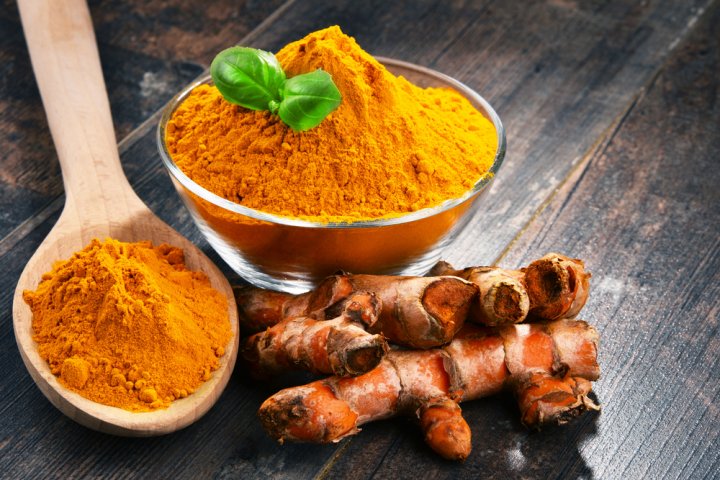
Turmeric is a bright aromatic root of the plant that is known for its superpowers. Turmeric is not just used for its pretty colour in various cuisine, but also for its potential health benefits. Curcumin, a bio-active ingredient found in turmeric is known for its anti-inflammatory, anti-viral, anti-diabetic properties. It also has cardioprotective benefits.
How to use turmeric?
- Add turmeric to your smoothies.
- Add 1 tsp turmeric to milk or hot water to prepare golden milk or turmeric tea.
- Mix with sauces, any vegetable preparation and in soups.
6. Legumes
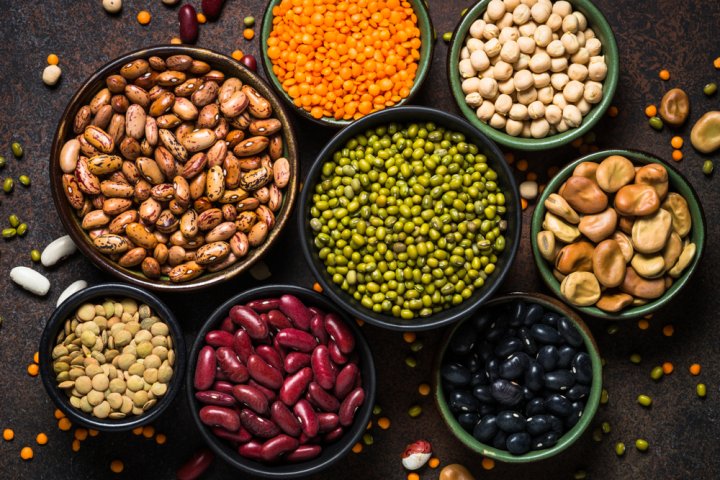
Legumes come in several forms – chickpeas, black beans, kidney beans, lentils or cannellini beans and all these are cheap and healthy high-protein foods that have a wide-range of health benefits. Being rich in fibre, legumes are quite filling and promote a healthy bowel. It has a low-GI and hence excellent food to control blood glucose level. It is also a great plant-based protein. Legume based meals are recommended at least 4 times in a week.
How to use legumes?
- Legumes work well with several things be it tacos, burritos, soup, curry, salad or veggie/meat patties. There are literally endless options to include them in your daily diet.
7. Green Tea

Although technically green tea is not a food, it has found a place in the superfood list. Freshly picked leaves are steamed and hence there is no oxidation and the leaves retain their rich green colour and chlorophyll levels. Almost 450 organic substances are found in green tea, which makes it a powerhouse of nutrients. It is not only calorie-free, but also a rich source of antioxidants that are known to fight many ailments.
How to add green tea in your diet?
- Drinking green tea regularly is the best way to enjoy its benefits. You can add flavourings like jasmine, rose or orange peel to it to add some variety to your daily dose of green tea. In addition, you can try green tea smoothies, ice cream and cheesecakes.
8. Nuts and Seeds

Nuts and seeds are often underrated wholesome foods. These are loaded with vitamins, minerals and other nutrients and hence an excellent superfood to include in your daily diet. Nuts and seeds are heart-friendly superfoods. They are also a rich source of monounsaturated and polyunsaturated fats, and proteins. Make unsalted walnuts, pistachios, macadamia nuts, peanuts, hemp, flax and chia seed a part of your daily life.
How to make nuts and seed a part of your daily diet?
- Lightly toast nuts and seeds to enjoy their wholesome flavours.
- Add some to your cookies, muffins, cakes, bread and granola bars.
Superfoods Recipes

Berry Granola –
- Mix together 2 cups oats, ½ cup sunflower seeds, 1 cup hazelnuts, 90 gm pumpkin seeds, ¾ cup almonds.
- Add a pinch of salt and ⅔ cup maple syrup to the mixture and mix well.
- Toast them in a preheated oven at 180°C for 30 minutes.
- Make sure to stir every 10 minutes to prevent burning.
- Cool completely.
- Combine 240 gm cherries, 100 gm dried blueberries, ¾ cup quinoa flakes, 1 cup coconut, ¼ cup sesame seeds,1 tsp cinnamon in a bowl.
- To this add the toasted nut mixture.
- Serve granola with yoghurt or milk.
Yellow Split Pea Soup –
- Cook 2½ cups yellow split peas.
- Heat in a pan and add 1 chopped onion, 1 leek, 3 cloves crushed garlic, 2 small chopped carrots, and 2 thyme sprigs.
- Sauté until the onion is soft.
- Drain the split peas and add to the vegetables with 3 cups water. Simmer for 20 minutes.
- Remove thyme and puree the remaining mixture.
- Season and serve with 2 tbsp lightly toasted sunflower and pumpkin seeds.
-
 Ever Wondered How to Make Paneer at Home? Here is the Complete Guide to Take Out Soft and Creamy Paneer from Milk at Home (2021)
Ever Wondered How to Make Paneer at Home? Here is the Complete Guide to Take Out Soft and Creamy Paneer from Milk at Home (2021)
-
 Want to Pamper Your Taste-Buds this Pongal? Here are Mouth-Watering Pongal Recipes You can't Miss in 2019
Want to Pamper Your Taste-Buds this Pongal? Here are Mouth-Watering Pongal Recipes You can't Miss in 2019
-
 Breakfast is the Most Important Meal of the Day: 10 Nutritious and Easy-to-Make Indian Breakfast Recipes to Start Your Day (2019)
Breakfast is the Most Important Meal of the Day: 10 Nutritious and Easy-to-Make Indian Breakfast Recipes to Start Your Day (2019)
-
 Can't Figure Out the Best Biryani Recipes to Fulfil Your Appetite(2020)? Fret Not, Read on to Find One You Will Definitely Want to Try Right Away!
Can't Figure Out the Best Biryani Recipes to Fulfil Your Appetite(2020)? Fret Not, Read on to Find One You Will Definitely Want to Try Right Away!
-
 Deciding What is for Dinner is Always Tough(2020): Spice up Dinner Tonight with Our Best of Indian Dinner Recipes.
Deciding What is for Dinner is Always Tough(2020): Spice up Dinner Tonight with Our Best of Indian Dinner Recipes.
Vegetarian Superfoods – A Great Way to Maintain Good Health and Wellness Naturally
Vegetarian superfoods are a great way to maintain the health and fitness of your family. We hope this BP Guide would have helped you understand the idea of vegetarian superfoods and how you can make them a part of your daily life and attain good health and wellness naturally and without any side-effects. Stay connected with us for more such engaging content.


 Highlight the Best Facets of Your Incomparable Beauty: Discover the Best Face Highlighter Currently Available in India and Everything You Need to Know About Using Face Highlighters for Maximum Effect (2023)
Highlight the Best Facets of Your Incomparable Beauty: Discover the Best Face Highlighter Currently Available in India and Everything You Need to Know About Using Face Highlighters for Maximum Effect (2023)
 Forget the Blemishes and Get that Picture Perfect Flawless Radiance on Your Face: Check out the Best Foundations for Oily Skin Currently Available in India and Everything You Need to Know About Makeup Foundations (2023)
Forget the Blemishes and Get that Picture Perfect Flawless Radiance on Your Face: Check out the Best Foundations for Oily Skin Currently Available in India and Everything You Need to Know About Makeup Foundations (2023)
 Make Your Presence Felt Wherever You Go: Discover the Best Perfumes Under 2000 for Both Men and Women to Announce Your Arrival and Make Any Occasion Memorable (2023)
Make Your Presence Felt Wherever You Go: Discover the Best Perfumes Under 2000 for Both Men and Women to Announce Your Arrival and Make Any Occasion Memorable (2023)
 Protect Your Oily Skin from the Harmful Rays of the Sun: Discover the Best Gel Based Sunscreens for Oily Skin and Everything You Need to Know Before Buying One (2023)
Protect Your Oily Skin from the Harmful Rays of the Sun: Discover the Best Gel Based Sunscreens for Oily Skin and Everything You Need to Know Before Buying One (2023)
 Minor Blemishes and Wrinkles Affecting Your Confidence? Check out the Best BB Creams to Conceal Your Worries and Nourish Your Skin to Restore the Healthy, Radiant and Glowing Complexion Back Again (2023)
Minor Blemishes and Wrinkles Affecting Your Confidence? Check out the Best BB Creams to Conceal Your Worries and Nourish Your Skin to Restore the Healthy, Radiant and Glowing Complexion Back Again (2023)
